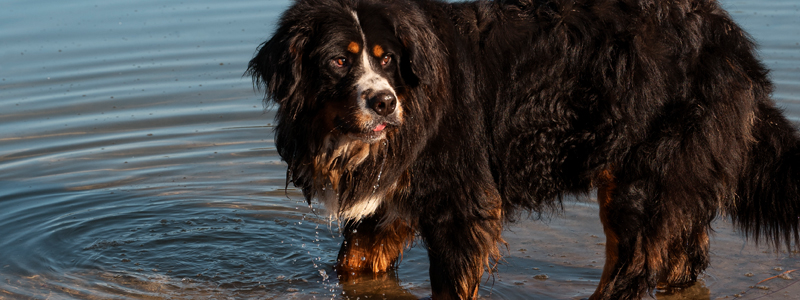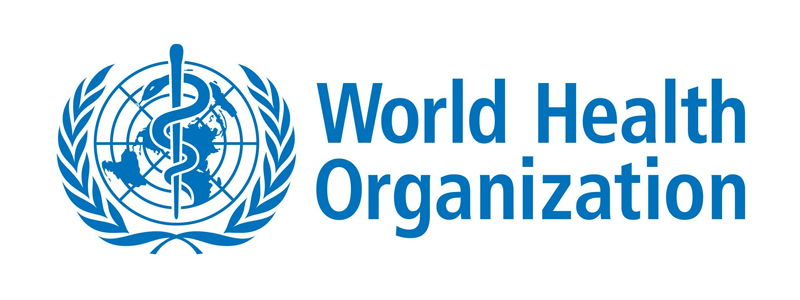BY: SAMANTHA BARTLETT, DVM
The American College of Veterinary Internal Medicine (ACVIM) published an updated consensus statement on leptospirosis last year. The update recommended that all dogs be vaccinated for leptospirosis once yearly.
The lead author on the consensus, Dr. Jane Sykes, gave an overview of the updated recommendations at the 2024 Veterinary Meeting Expo (VMX) in Orlando, FL. The guidance state that all dogs are at risk of contracting leptospirosis regardless of age, breed, gender, or geographic location. Rats and other rodents are a common reservoir for Leptospira. Leptospira stay viable in the soil or water for months and can cause infection when they are ingested or come into contact with wounds in the skin or through mucous membranes. Areas with increased rainfall can have a build up of Leptospira in muddy or wet areas, much like a biofilm. The bacteria can also tolerate freezing.
Unlike human cases of leptospirosis, which most often occur in subtropical climates, canine leptospirosis outbreaks have occurred in a variety of climates including Arizona, Los Angeles, Chicago and Wyoming. There are also documented outbreaks associated with boarding facilities. The disease is seen year-round in the southern states, but most often seen in the fall in the northeastern states and in winter and early spring in California.
Leptospirosis is a multisystemic disease that affects multiple organs and can present varying clinical symptoms. The most common presentation of canine infection is hepatopathy and tubulointerstitial nephritis. Other symptoms include pulmonary hemorrhage, ocular inflammation, cardiac arrhythmias and pancreatitis. The new guidance recommends considering leptospirosis in dogs that present with acute febrile illness. If no improvement is seen within 24 hours, the dog should be tested. Because the disease can rapidly progress in severity, diagnosis should be based on clinical suspicion in addition to specific laboratory testing. If running nucleic acid amplification test (NAATs), blood and urine specimens should be collected before the patient is started on antibiotics. The guidelines also cover potential antibiotic treatment with doxycycline along with nutritional management, supportive care and monitoring. Hydration status should be closely monitored to prevent fluid overload or dehydration.
The disease affects a large number of mammal species including cats. Infection of cats has found to be widespread based on serologic evidence. However, cats appear to be disease resistant for the most part. It is possible that cats are reservoir hosts.
Leptospirosis in humans mostly presents as flu-like symptoms and is identified in over 1 million cases per year. Because of the non-specific symptoms, this number is likely to be much higher. The risk of contracting infection from an infected dog, however, is low as there aren’t many organisms shed in the urine. The Centers for Disease Control (CDC) found that people who were heavily exposed to dogs in Arizona during an outbreak found no evidence of seroconversion.
Dr. Jane Sykes wrote a paper on the One Health aspect of leptospirosis, published in the Journal of American Veterinary Medical Association (JAVMA) that can be accessed at https://avmajournals.avma.org/view/journals/javma/260/13/javma.22.06.0258.xml. The AVMA has also created resources for pet owners on the subject of leptospirosis. The consensus statement as published in the Journal of the American College of Veterinary Internal Medicine can be found at https://onlinelibrary.wiley.com/doi/10.1111/jvim.16903.











